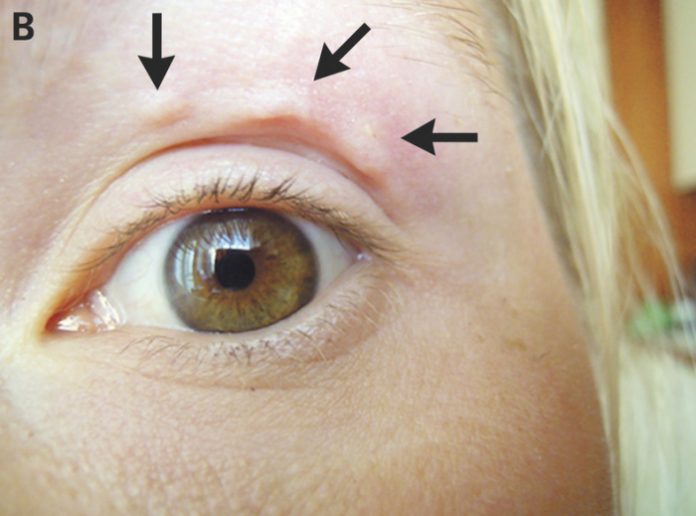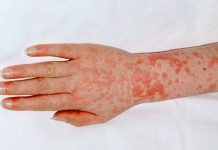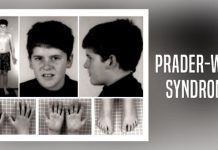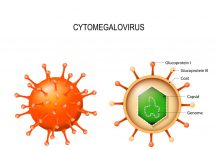Creeping eruption or cutaneous larva migrans occurs when the larvae of cat or dog hookworms penetrate the skin and begin to migrate through the human skin.
Creeping eruption, also known as sandworm eruption, plumber’s itch and duck hunter’s itch, is an occupational hazard in those who come in contact with sand or soil contaminated with animal feces.
Children playing in sandboxes, those walking barefoot or sitting or sleeping on beach, plumbers, gardeners, farmers and carpenters are at risk of acquiring this parasitic infestation. This can also be considered a pet induced disease.
What is the Cause for Creeping Eruption?
Creeping eruption is common in tropical and subtropical geographical areas like the Southeastern United States, Caribbean islands, Africa, Central and South America and Southeast Asia. The prevalence of creeping eruption is high among the less privileged communities in these areas.
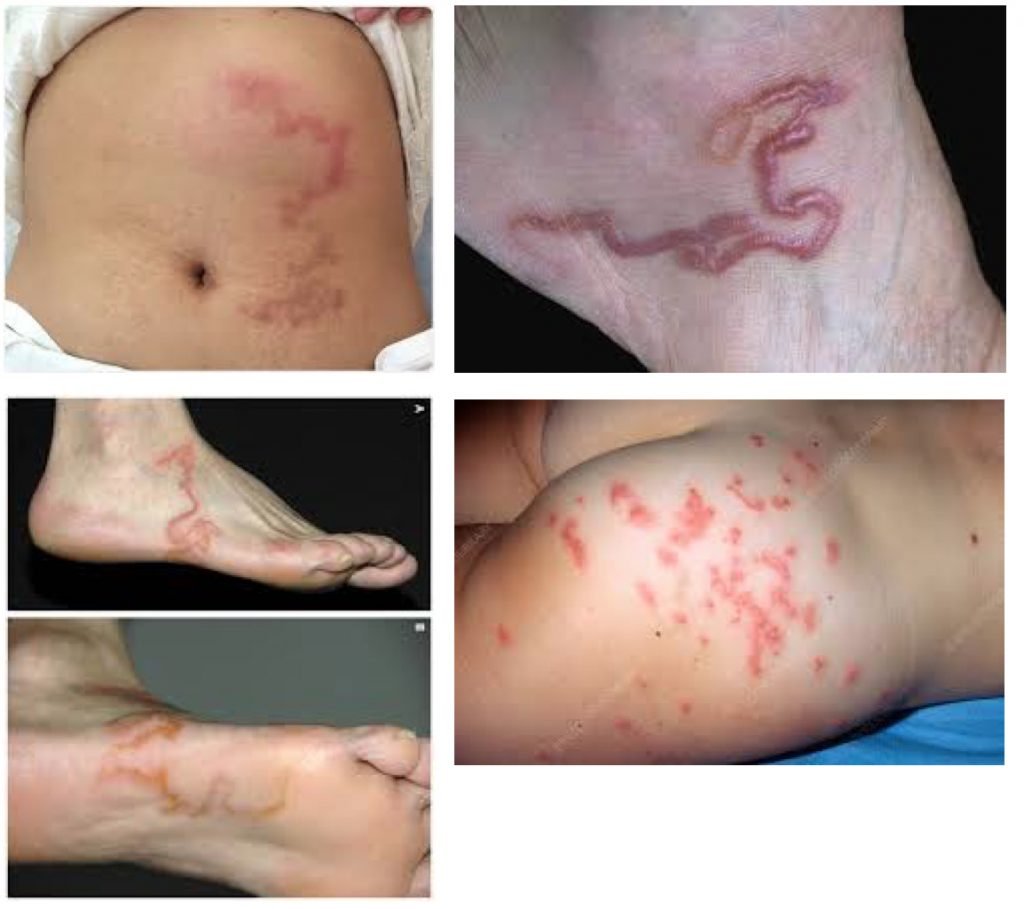
The most common cause of creeping eruption in the Central and Southeastern United States is Ancylostoma braziliense which is the main species causing hookworm infestation in dogs and cats in these areas. Other species include Ancylostoma caninum, Uncinaria stenocephala (hookworm of European dogs) and Bunostomum phlebotomum (hookworm of cattle).
The eggs of the hookworms in the animal excreta hatch into larvae in warm sand and soil. These larvae remain alive in the sand, especially in the shady areas, for 3–4 weeks and penetrate the exposed human skin with ease. Once there, the larvae start moving in a serpiginous route producing red or skin colored, linear, tunnel like lesions starting from the point of entry. The lesion is about 2–3 mm wide and contains a clear serous fluid.
The creeping eruption is typically found on exposed areas like the feet, lower legs, buttocks and hands. If several larvae have penetrated, several serpiginous lesions will be present. Itching is usually present; otherwise surrounding skin appears perfectly normal. There have been reports of the creeping eruption appearing on the male genitalia. Scabies has to be ruled out in such cases.
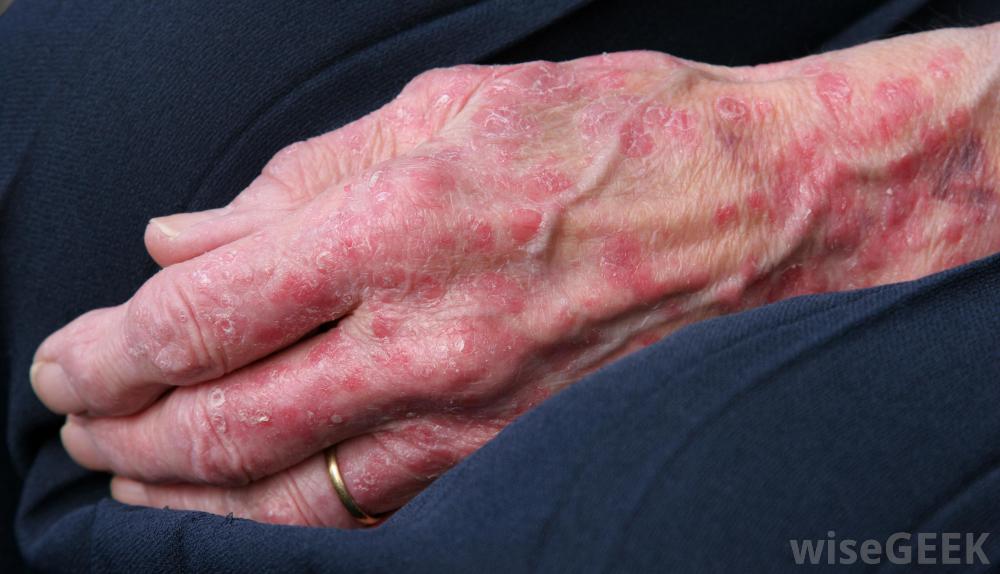
Because they lack the enzymes to dig deeper into the skin, the creeping eruption larvae remain in the upper layer of the skin, wither away and die over a few weeks to months’ time. The average time taken by the larva to die is 2–8 weeks, but survival up to 55 weeks has been reported.
The human hookworm, Ancylostoma duodenale, can also cause creeping eruption on the buttocks, especially in children. As these hookworms are capable of penetrating deeper into the tissues and entering the blood stream, the skin lesions are not linear and serpiginous like in the classical creeping eruption.
What is the Difference Between Creeping Eruption and Racing Larva or Larva Currens?
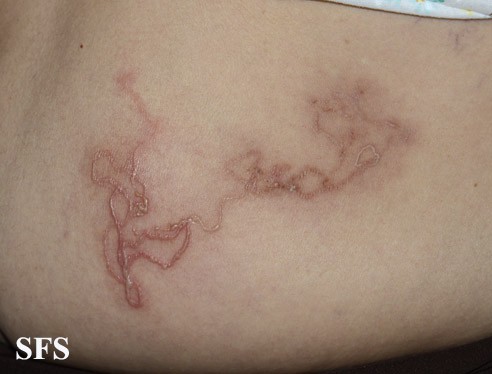
In ordinary creeping eruption, the larva moves at a speed of about 3 cm per day. The filariform larva, caused by Strongyloides stercoralis also cause a type of creeping eruption, but move at a speed of about 5–10 cm per hour! This earns it the name ‘racing larva’ or larva currens.
In contrast to creeping eruption, in larva currens the serpiginous tracts are covered with red bumps and the affected area is severely itchy. The skin around anus, buttocks, thigh, back, shoulders and abdomen are commonly involved in larva currens. The itching and eruption disappear when the larva enters the blood vessels and migrate to the intestinal walls to continue its life cycle in the intestine as the thread worm. Thus the eruption in larva currens lasts not more than a few days. In creeping eruption human host is the dead end for the larva, unlike the larva currens.
How to Treat Creeping Eruption

Prevention of creeping eruption involves avoiding direct skin contact with suspected fecally contaminated soil and sand.
- Symptomatic therapy consists of topical corticosteroids and oral antihistamines to relieve itching. The topical steroids are applied under occlusion.
- Topically applied anti-helminthic agents are usually effective in most cases of creeping eruption. Thiabendazole, albendazole and ivermectin topical applications are effective in getting rid of the larva.
- Cases not responding to topical treatment will respond to systemic treatment with deworming medications. Oral thiabendazole 50mg per kg per day in two divided doses for 2–5 days and albendazole 400 mg daily for 3 days are very effective in getting rid of the creeping eruption.
- Freezing of the advancing end with liquid nitrogen is ineffective, as the larva is usually several cms ahead of the visible advancing end of the lesion. Trying to physically remove the larva is also not successful for the same reason.
Creeping eruption, though scary for the patient, is a self limiting disease with effective medications to get rid of the causative hookworm larva of the cats and dogs.


